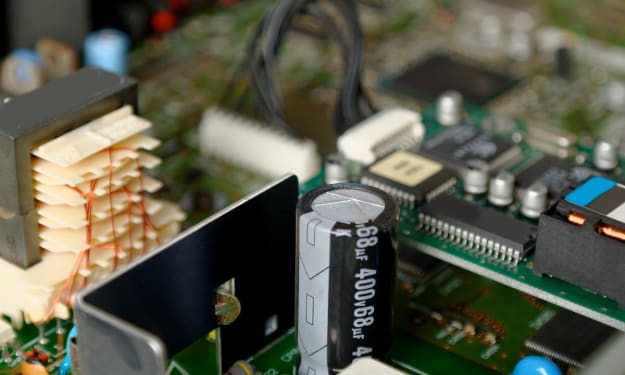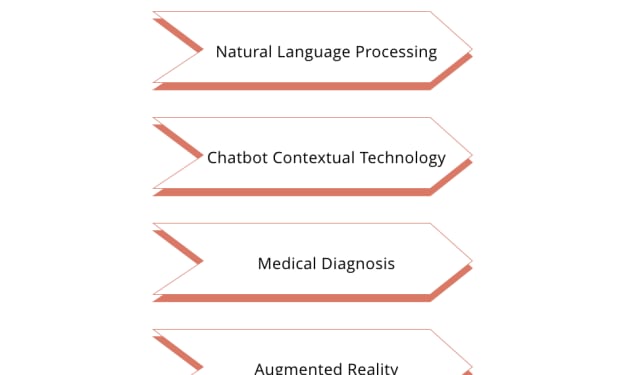Everything to Know About LPS Power Supply
Understanding LPS power supply

When your surf through the internet you will find many technical details regarding the LPS power supply also known as Limited Power Supply. You will be able to find articles after articles about how you can optimize the supply for various applications, the power levels, and much more.
To understand it properly you will need to get the basics cleared first!
What is a Power Supply?
A power supply or adapter is an electrical device that helps to covert the electrical current which comes from the power source. For instance, when it comes to the power mains such as a motor or an electronic device it helps to transfer the current values and the voltage necessary for a powering load.
To simply put, the objective of a power supply is to power the load with the proper voltage and current. For smooth operations, the current must be supplied in a controlled manner and with correct power levels to the wide range of loads. Sometimes there can be simultaneous current flow all without letting changes in the input voltage or there can be an affect in the output voltage with other connected devices.
However, it is important to note that the responsibilities of a power-supply designer extend merely beyond meeting a product's functional specifications. And for the latest generation products, you also need supplies that will be robust and safe in different operating conditions like over voltage, over current, short circuit, and limited power output.
Choosing A LPS Power Supply
It is important to limit current precisely and power during all operating circumstances to meet safety requirements for equipment powered, which includes working in normal conditions, conditions where the load is transient, and where there is severe output-fault.
When choosing an LPS power supply you will need to know about all the models for increased power and custom configurations. In addition, you need to check the voltage levels, that is it should not exceed a certain limit to prevent electrical shocks for the end-user.
At Lumina Power, you can find LPS series DC power supplies that can be used in various semiconductor equipment, and power levels can range from 1,000 to13,500 Watts. The benefits include limiting power, current, and voltage. These can be beneficial when you have reduced wire gauges, reduced component stress for output interconnections and downstream converters. This will eventually result in reduced system costs and increased system reliability.
Different Power Inputs to Convert and Transfer the Input Power
- In DC circuits or direct current, it flows in one constant direct with the current flow. As the direct current flows, the electrons which constitute the electric charge flow from the low potential point to the high potential point, also from the negative to the positive terminal. From office equipment and domestic equipment like electronic equipment, electric vehicles, automation, flashlights, heater, tablets, burn-in, and smartphones.
- While alternating current flows in a reverse direction depending on the frequency of the supply it periodically inverts its direction. For instance, in the power transmission lines to homes and businesses, the AC method is used to deliver electricity.
However, since the universally available power is AC with the equipment that uses an external or internal power supply you need to covert the utility mains AC into the desired DC. Out of the many parameters, to fully characterize a power supply you need to check the following factors:
- The highest DC voltage current that the amplitude can reach at the output of the device.
- The highest input voltage so that the power supply is able to cope with extreme temperatures.
- Frequency is just as important as voltage. This indicates the number of cycles the wave completed per second.
- Output current is the average value of current during all the points the voltage takes in one cycle. Most often, it is usually in the AC wave with no superimposed DC which then converts.
About the Creator
John Smith
I am a content writer at Lumina Power. I write informational articles related to electronic products like lasers, laser diodes, laser diode drivers, capacitors, capacitor power supplies, dc power supplies, and Xenon arc lamps.






Comments
There are no comments for this story
Be the first to respond and start the conversation.